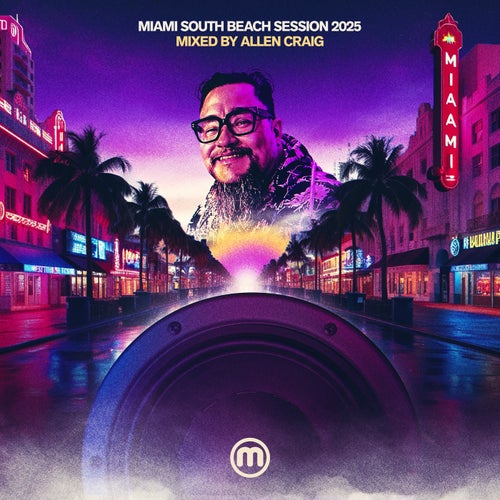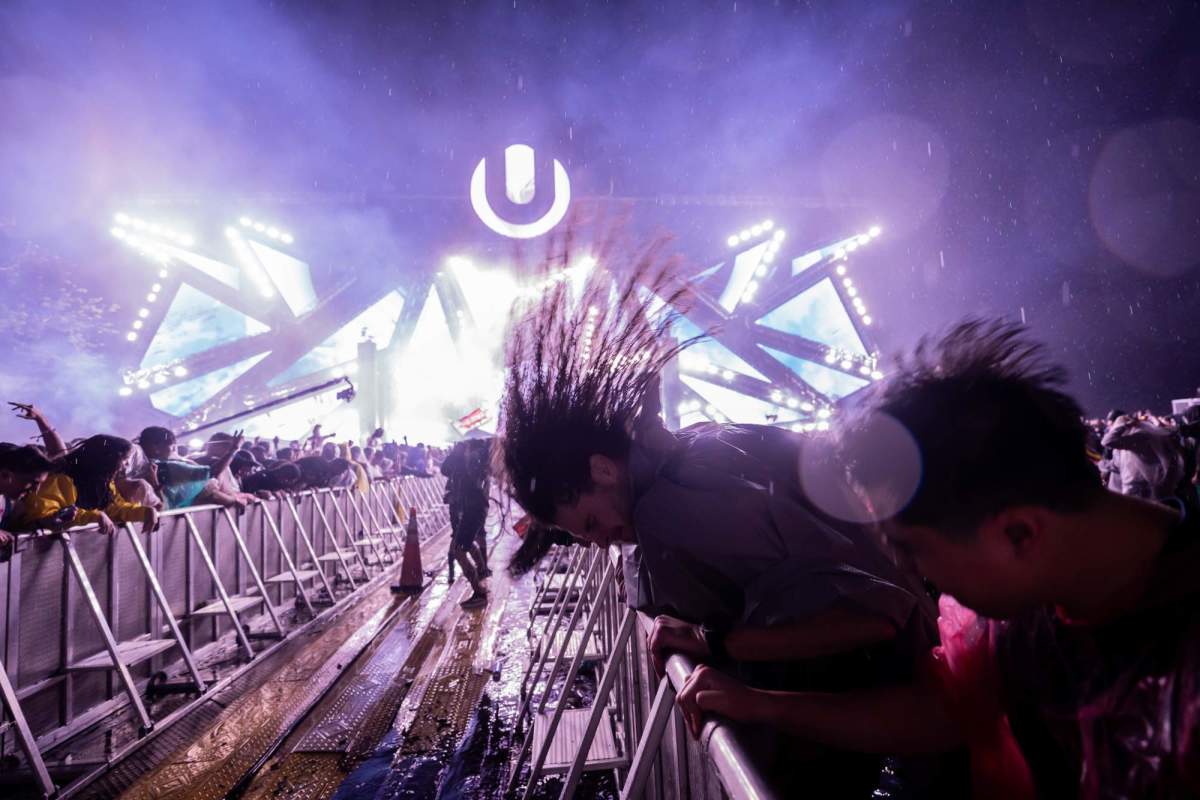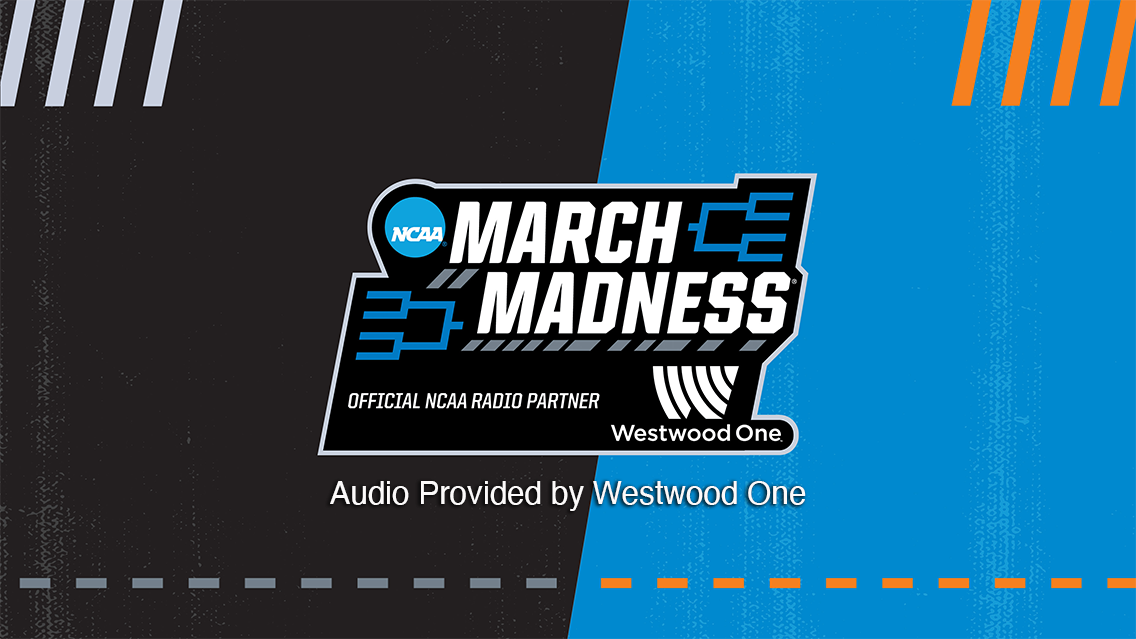Lady Gaga is our preeminent shapeshifter, and in the two decades since The Fame — her debut album and self-fulfilling-prophecy — she’s shed her skin dozens of times over. But to return to some of the elements that kick-started her story posed its own specific challenges — even, as she notes about her new album, Mayhem, “fears.”
“The fears that I wanted to face on this album had a lot to do with really claiming, for myself, that I was the artist behind everything that I made my whole career,” Lady Gaga tells Consequence over Zoom, comfortable on a couch with her hair pleated into braids and tucked under a black beanie. “I’ve been asked to tell critics what box I fit into, and I never have a good answer, because I have been so many different things. I’ve always been a refracted artist.”
The 14-time Grammy winner and Oscar nominee sees herself as “full of contradictions,” a theme that became central to the development of her seventh studio album, Mayhem, arriving March 7th. At first, to be refracted might sound like the same thing as being broken — but refraction is the only way to create kaleidoscopic light.
There has been plenty of excited chatter about Mayhem as that return to Gaga’s pop roots, but in the era of reboots, nostalgia mining, and reheated nachos, there had to be something that set this decision apart. When she released February single “Abracadabra,” it arrived like the trigger of a sleeper agent, tapping into the energy that had initially summoned all the Little Monsters who have been on the journey since the days of “Bad Romance.” The churning, choreography-heavy dark-pop release leaned just enough into the taboo, the odd, and the slightly askew to feel like a grand homecoming.
And where her previous single “Disease” had confidently teased the direction of this chapter, “Abracadabra” shouted it, while also signaling that she was walking a new path bolstered by the years of musical and performance experience she’s gained over nearly two decades. She looks back and describes The Fame and The Fame Monster as albums borne of Gothic dreams that required her to straddle the balance of darkness and beauty. “I had more dreams at this point in my life,” she muses. “I was able to really access them and make something new. I had so much music in me to give, and I’m really proud that I was able to do it.”
The premise of Mayhem as a pop album is an idea that she doesn’t necessarily reject, but certainly expands. “I’ve always made hard-hitting pop music,” she notes. “I think that that was part of my sound since the very beginning. I was also, often, introducing theatricality and glamor into the music. I really returned to that on this album, but there’s also ’90s grunge influence, 2000s pop influence, funk influence, ’80s influence. It runs the gamut of so much of the music that I love. But I think what I wanted to do was face my critics in the way that I’ve been asked to tell them what box I fit into.”
To achieve that goal, she set to work at Shangri-La Studios in Los Angeles and co-executive produced the album with pop expert Andrew Watt and her fiancé, Michael Polansky. There, she rounded out the production team with Cirkut and Gesaffelstein, harnessing the freedom to steer her ship.
“In my career, I was often the only woman in the room, and this record was a chance to proclaim that I’ve learned how to dance in the shadow of those men,” she says, teasing the emotionally resonant track “Shadow of a Man” on Mayhem.

 1 month ago
13
1 month ago
13


















 English (US) ·
English (US) ·